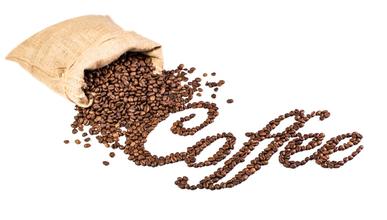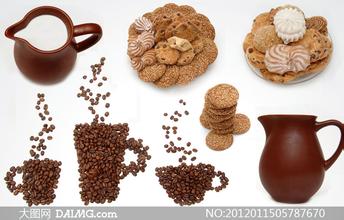Introduction to the category and grade flavor of Kenyan coffee beans
Kenya is located in the south of Ethiopia and Yemen, only hundreds of kilometers away from the two world-famous coffee producers. The vast majority of Kenyan coffee trees grow in the mountains north and west of the capital Nairobi, and there are two main producing areas: first, the southern slope of Kirinaga, Kenya's highest peak, extends southward to near the capital Nairobi, which is close to the equator and is the largest coffee producing area in Kenya. In addition, there is a smaller producing area on the eastern slope of the Mount Elgon Mountains, on the border between Uganda and Kenya. There is rich red volcanic soil in the mountains of Kenya, and coffee is grown at an altitude of 1500 Mel 2100 meters. The coffee grown in Kenya is the bourbon tree planted in Arabik. Kenyan coffee is very similar to its neighboring Yemeni mocha and Ethiopian Harald, with a chic wine and a long finish. What's more, Kenyan coffee is mellow and smooth that Ethiopian coffee and Yemeni coffee do not have. it is lighter than Ethiopian coffee and more mellow than Yemeni mocha, so it is generally suitable for deep roasting. All Kenyan coffee beans are uniformly acquired, classified and auctioned by the Kenyan Coffee Commission (the Kenya Coffee Board). The grades of Kenyan coffee can be divided into AA++, AA+, AA and AB. The biggest customers of Kenyan coffee are Germany and some very picky countries in northern Europe. Kenya AA is the highest grade coffee in Kenya and the best quality Arabica coffee bean in the world. It has a mellow taste and a strong wine aroma. The sour taste of this coffee is so subtle that it needs to be tasted carefully.

Important Notice :
前街咖啡 FrontStreet Coffee has moved to new addredd:
FrontStreet Coffee Address: 315,Donghua East Road,GuangZhou
Tel:020 38364473
- Prev

Introduction to roasting degree crushing and mixing of Coffee
1. The taste of roasted coffee varies with the type of coffee beans, the method of grinding, the degree of roasting, and the quality. The type of beans is an essential problem, but the grinding method and the degree of baking are subjective human factors. Basically, coffee is made through the process of harvest selection, roasting, grinding and extraction, but the most important roasting skill is to control the taste of coffee.
- Next

What is the etiquette of drinking coffee?
In every corner of Ethiopia, coffee ceremonies are held at any time, and the air here is always filled with the fragrance of coffee. Those beautiful coffee girls always wear white dress with embroidered hem and smile gently and shyly, leaving a very good impression on people. Every time the reporter was invited to coffee, he drank it down and then reached for a second cup. The owner is always very
Related
- Does Rose Summer choose Blue, Green or Red? Detailed explanation of Rose Summer Coffee plots and Classification in Panamanian Jade Manor
- What is the difference between the origin, producing area, processing plant, cooperative and manor of coffee beans?
- How fine does the espresso powder fit? how to grind the espresso?
- Sca coffee roasting degree color card coffee roasting degree 8 roasting color values what do you mean?
- The practice of lattes: how to make lattes at home
- Introduction to Indonesian Fine Coffee beans-- Java Coffee producing area of Indonesian Arabica Coffee
- How much will the flavor of light and medium roasted rose summer be expressed? What baking level is rose summer suitable for?
- Introduction to the characteristics of washing, sun-drying or wet-planing coffee commonly used in Mantenin, Indonesia
- Price characteristics of Arabica Coffee Bean Starbucks introduction to Manning Coffee Bean Taste producing area Variety Manor
- What is the authentic Yega flavor? What are the flavor characteristics of the really excellent Yejasuffi coffee beans?

